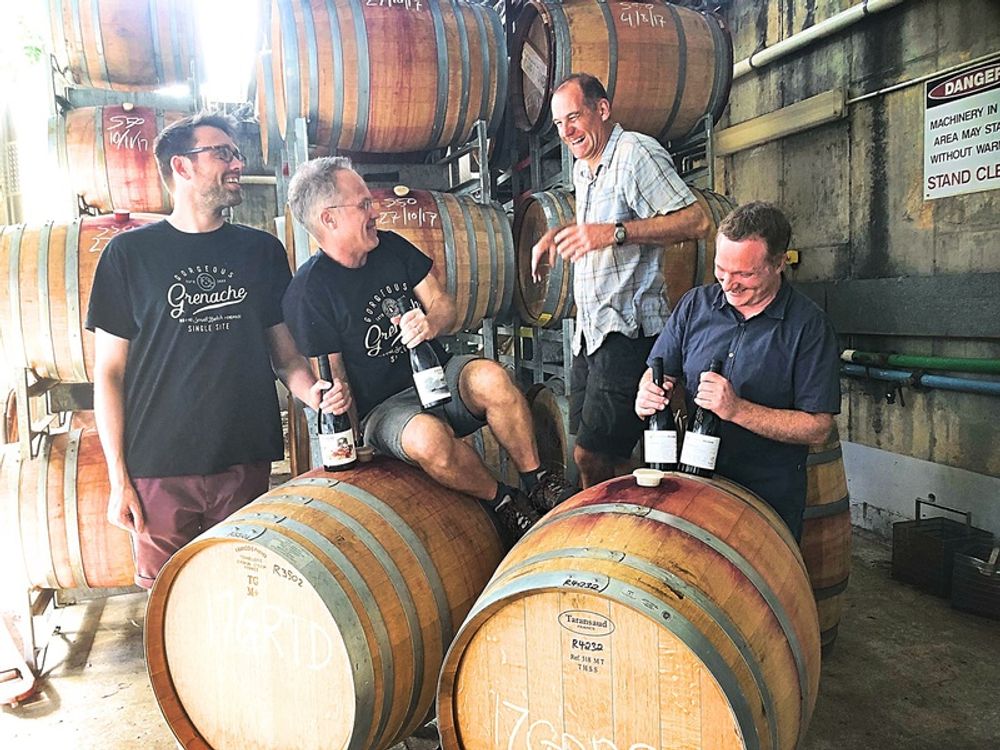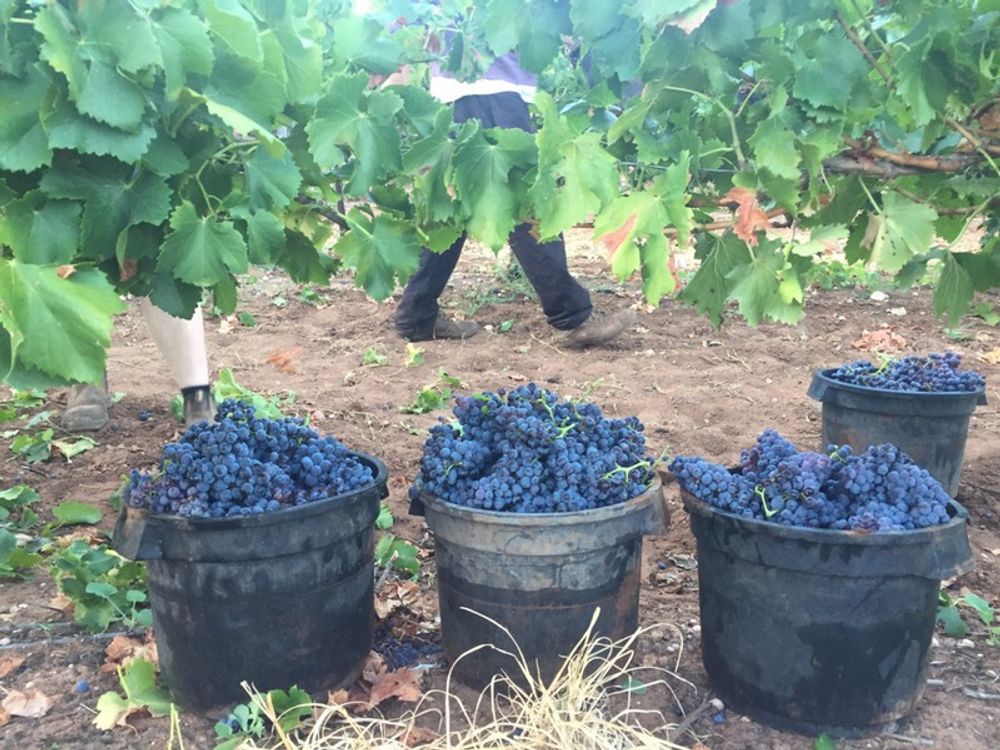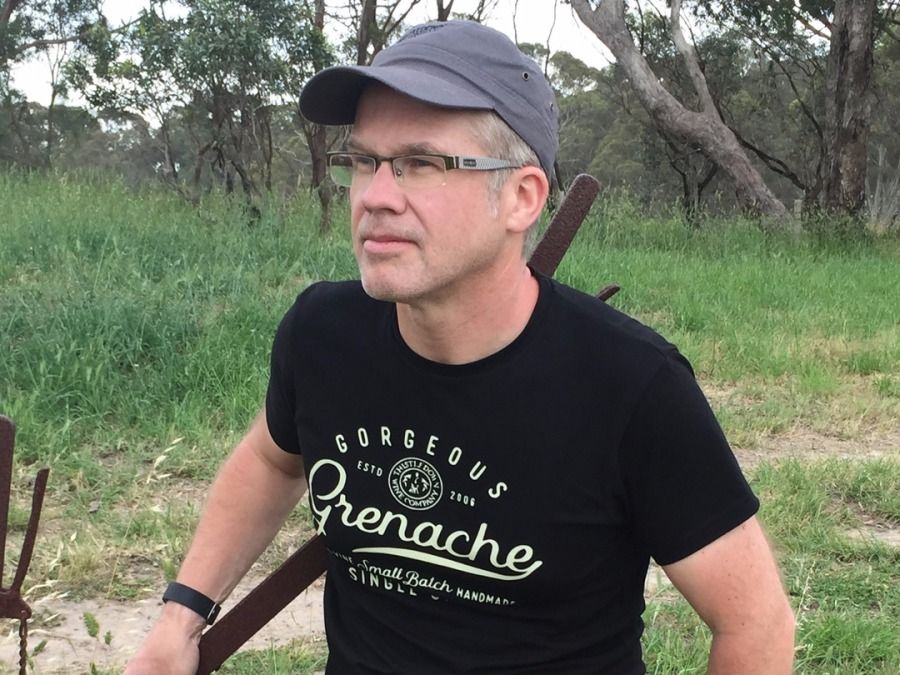Alliance Wine’s Giles Cooke MW is also in the heart of the Australian wine industry making wines through its Thistledown Wines business so is well placed to give this message to all of the Australian wine industry that it needs to wake up and take the “appropriate” steps to meet the climate change challenge.
Vintage 2019 has been a bruising one for Australia’s largest region, South Australia. A combination of drought, frost, hail, wind and heat has reduced the crush (but not necessarily the quality) in many of the premium areas and in the Riverland, has led to increased fervour to change the direction of travel.
There has of course been growing interest in the so-called “alternative” varieties within the Australian wine industry for some time. To an extent, this interest has come about as a direct result of the ennui surrounding the more traditional varieties of Shiraz, Cabernet and Chardonnay and the need to re-energise mature, ever more competitive markets.
However, the real imperative to change has been brought about by climate change. Varieties that have traditionally thrived in the Riverland are increasingly poorly suited to an environment with hotter summers, less water availability and the consequent issues of vintage contraction.

Giles Cooke MW with the rest of the Thistledown Wines team, including co-founder Fergal Tynan MW front right
Though Riverland grape growers are well versed in how to deal with heat-waves, the approach is heavily reliant on significant water usage before, during and after. With water resources becoming ever scarcer, grape growers are going to have to prioritise where to use the water.
As Ashley Ratcliff, owner of Ricca Terra Farms, says: “Our decision has been not to waste water on grape varieties that we feel are economically unviable”
Varieties, such as Chardonnay, where the grape price is subdued, have to be grown at extremely high yields in order to just cover costs of more expensive water and higher input costs.
Planting different varieties
The solution, according to Ratcliff is to plant varieties more suited to the region and combine them with the correct rootstock.
“Nero is a very vigorous grape variety. We have grafted it onto Ruggeri rootstock (also very vigorous). The combination of a vigorous rootstock and grape variety means one thing, and that is less water is needed to maintain a healthy vine”
The results have been impressive.
“On average, we have found that the Nero d’Avola/Ruggeri rootstock combination uses 50-60% less water than the French grape varieties planted at our farm,” says Ratcliff.

Giles Cooke MW, Thistledown Wines and a large number of smaller winemakers are wiling to plant more robust climate change “appropriate” varieties in Australia
More impressive still is the commercial break-even point for varieties such as Nero is at much lower yields than the traditional varieties and thus quality is very high. As a result, interest from quality winemakers is growing. That many of the wines made from the “alternatives” are youthful, attractive and ideally suited to the culture and food of Australia is more than a happy coincidence.
And yet, there is a sense of frustration. Huge demand from China has made growers and producers complacent. The thirst for Shiraz has underpinned pricing but as much of the fruit now ripens in a much contracted period, the shear logistical challenges of harvesting have reached critical levels. Neither growers nor winemakers are happy with the situation but aside from a few leading lights, the rest remain blind to the seemingly obvious conclusions that the traditional varieties are no longer appropriate to the region.
While the major players sit on their hands, not willing to take up the challenge of making Nero, Montepulciano, Fiano, Greco or even Arinto the next big thing, it is left to the creative thinkers and mavericks to map put the future of the region.
The conclusion must be that the future of the Australian wine industry lies in “adding value” and creating distinctive, culturally relevant wines that can be produced sustainably.
2019 may just be the year when “alternative” became “appropriate”.
































